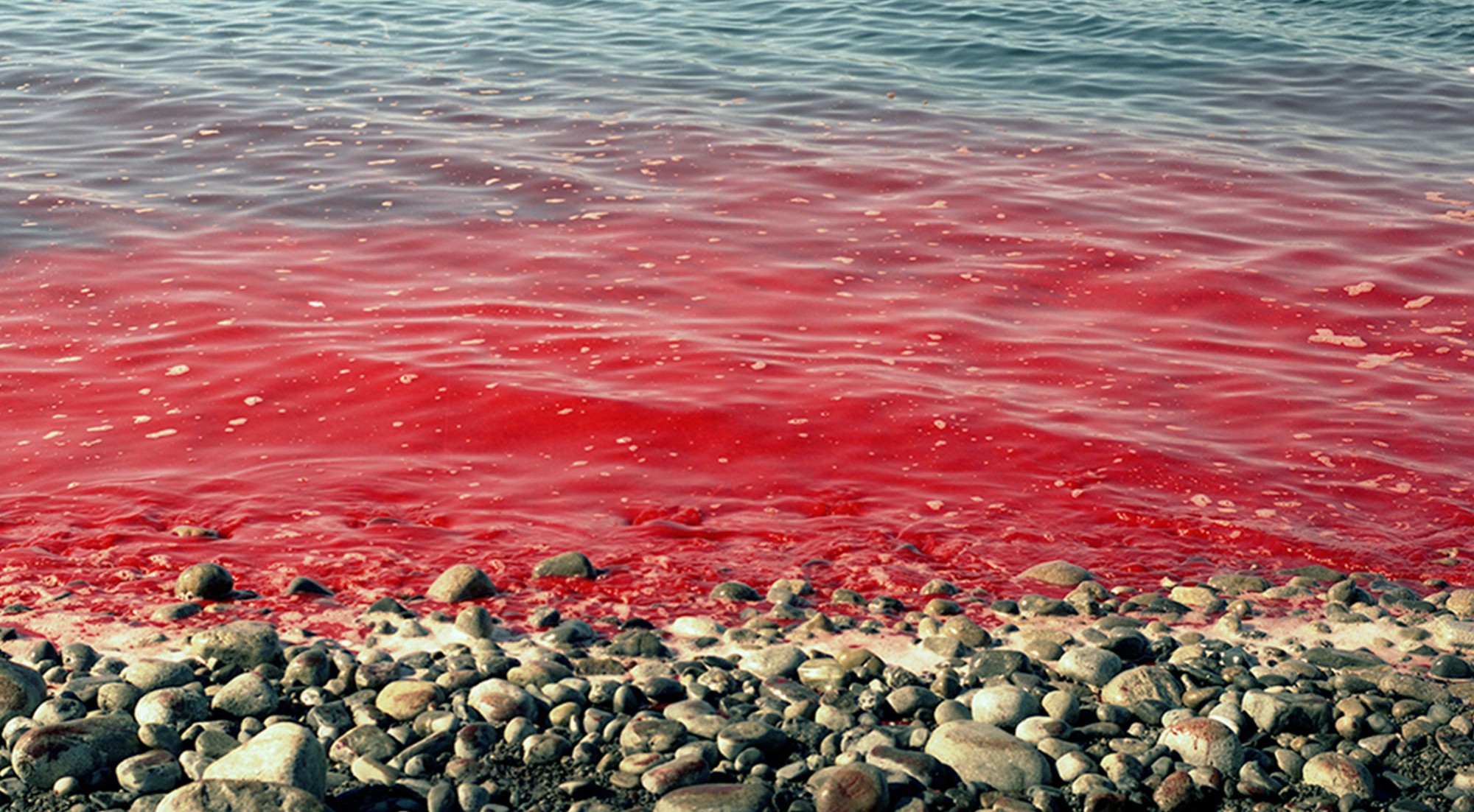The French artist Mary-Luce Nadal (born 1984, Paris) is a master of natural elements. Her project, Cloud Factory, has been exhibited multiple times in major European museums. She engages in the demiurgic exercise of manipulating nature, of birthing clouds. A series of complex machines stand in glass boxes throughout the room, resembling the stage design models encased in glass boxes at the Palais Garnier in Paris, especially those created for Richard Wagner. Before creating a cloud, Nadal cleanses the water and the air. Then she keeps her cloud-pets in aquariums, displaying them like fish or turtles. Sometimes she makes them cry. Viewers can look on longingly as the raindrop-tears fall.
+ View galleryThe seventh edition of the Moscow Biennale of Contemporary Art opened last week under the direction of the Japanese curatorial star Yuko Hasegawa, whose selection happened to coincide with a warming in Russo-Japanese relations. But the presence of a Japanese curator at the Biennale’s main exhibition was perhaps the only openly political component of the show at the New Tretyakov on Krymsky Val. Hasegawa’s attention is focused not on daily crises, but on the creeping calamity of the “anthropocene”, the geological epoch marked by human activity on the planet. Critics immediately accused the curator of taking an excessively conservative and overly sophisticated approach, comparing the exhibit to a Japanese rock garden; the Russian conceptual artist Yuri Albert caustically likened it to a biological museum. In fact, the accusations of conservatism are out of place: Hasegawa’s project is, if anything, futuristic, concerned with imagining an ecosystem of the time to come.
Hasegawa uses the term “New Order” to describe a system that contains micro- and macro-climates, humans, plants and animals, as well as mountains of data, information and matter. Her system supposes a dichotomy, but instead of hell and heaven, or good and evil, she proposes the categories “Forest” and “Clouds”. This posthumanistic construction does away with old ethical principles, and in turn proposes a new basis for aesthetics: one based around both the digital cloud and the figure of the dark, mutating forest. This new system of values is outlined in the philosophy known as Dark Ecology, which acknowledges the existience of — and need to coexist with — a world that is irreparably contaminated.
The Biennale begins in a series of small room with high-contrast lighting. The beginning of the exhibition is focused on the theme of unavoidable catastrophes: informational and radioactive pollution, the tragic melting of the icebergs and, if the apocalypse comes, the emergence of new, autonomous ecosystems. The only thing saving the viewer from a Von Trierian melancholia is the narrow labyrinth of exhibition spaces, which force one to keep moving.
The show moves fluidly from the macro-cosmos to the micro-cosmos. The culmination of the exhibition features a personal drama, a breakup — namely that of Icelandic singer Björk and artist Matthew Barney. Björk offers a healing balm in the form of a virtual reality installation built around her music. Inside her digital world, awareness of the self and the outer world become one. Yet, as with any therapy, be it psychoanalysis or an art residency, the effect is limited. The true children of Saturn, those inclined by nature toward melancholy, know that this illness is incurable, just like our planet.
Text: Uliana Dobrova and Noah Sneider














